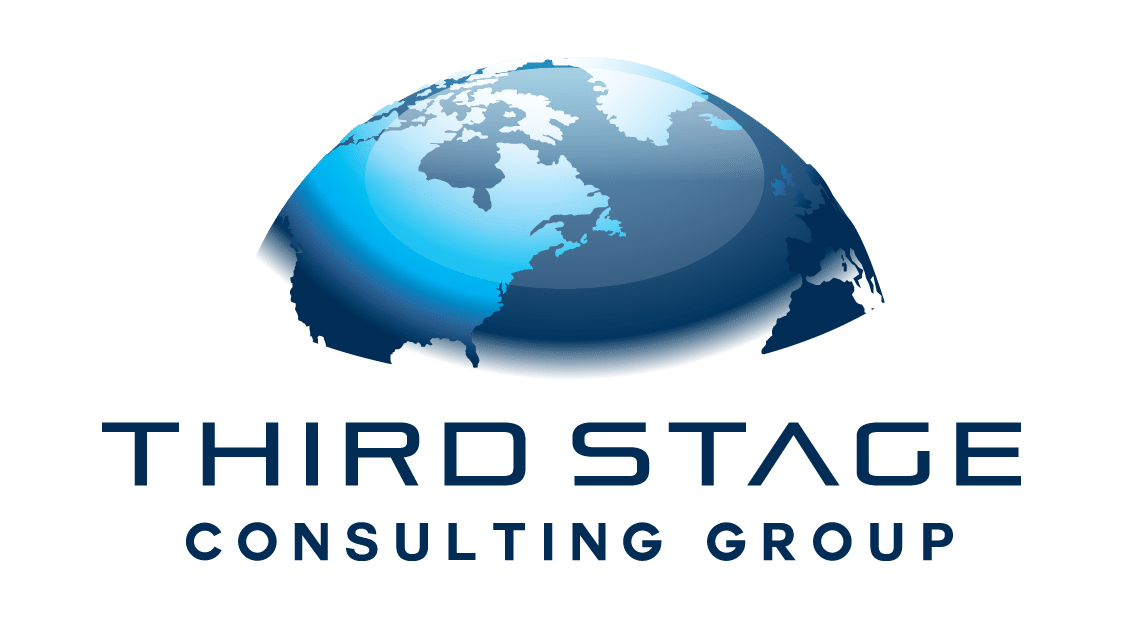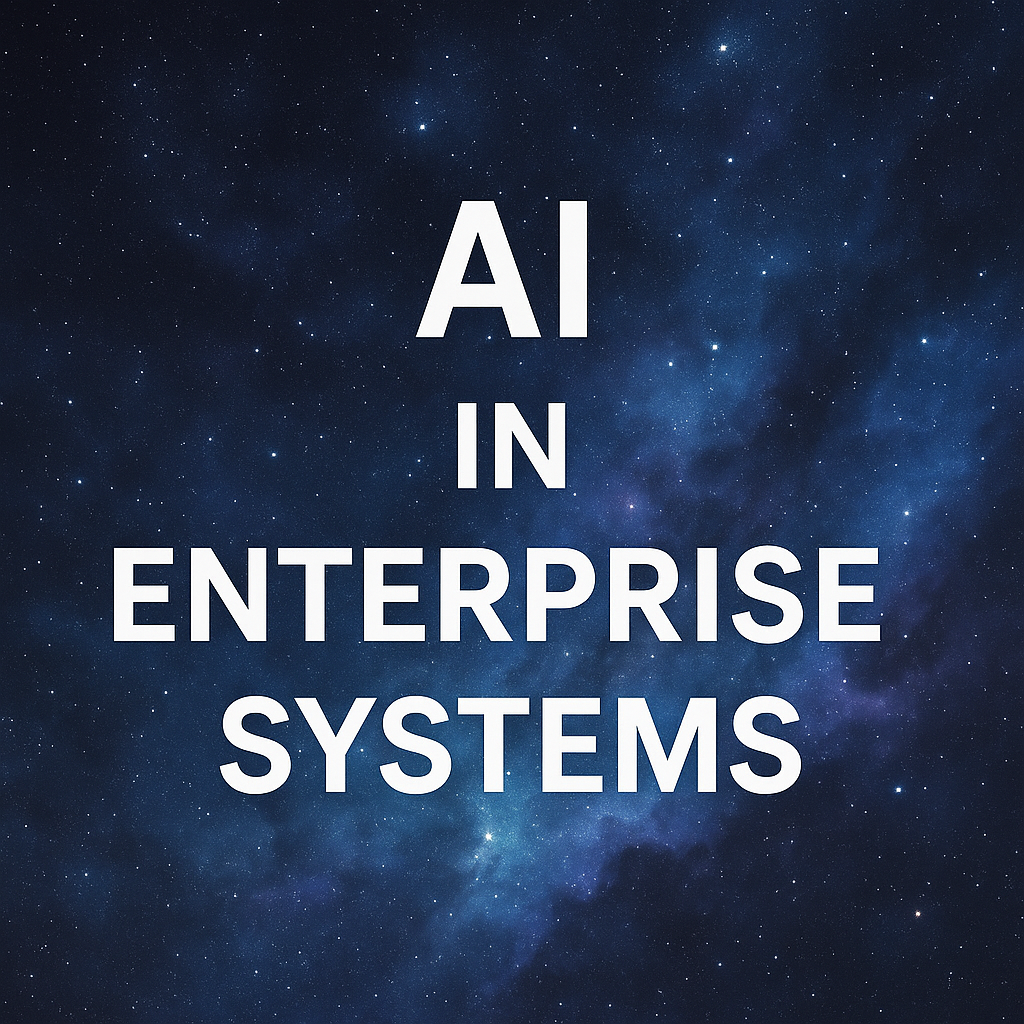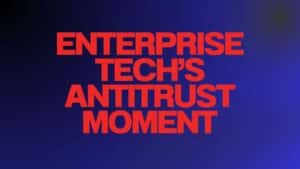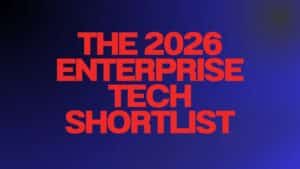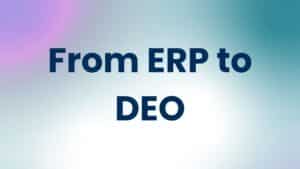For years, ERP and enterprise systems have asked too much of end users. The interfaces were clunky, the options overwhelming, and the burden of “choosing correctly” fell squarely on the shoulders of employees. Forecasting is a prime example: users were presented with dropdowns of models, asked to select one, run it, then repeat the process with others until they found a workable result. Without AI, this was a slow, manual, and often guesswork-driven process—leaving employees frustrated and organizations exposed to inconsistent outcomes.
That model assumed every end user had the expertise—and the time—to evaluate statistical models. Most didn’t. And even if they did, the process consumed hours that could have been spent interpreting insights or acting on them.
AI is dismantling that paradigm.
Table of Contents
ToggleFrom Options to Answers
Today, AI tools are shifting the work from the user to the system. Instead of clicking through model after model, AI can run them all in parallel, assess fit against the organization’s actual data shape, and automatically surface the most relevant answer.
- Old way: Trial and error, manual testing, second-guessing.
- New way: AI evaluates options behind the curtain and provides the best recommendation instantly.
This transformation reduces friction. It gives end users not just faster outputs, but greater confidence that the system itself has done the heavy lifting. The role of the employee changes from “model picker” to “decision maker.”
Productivity Gains That Go Beyond Forecasting
The shift isn’t limited to forecasting or ERP analytics. AI is quietly rewriting day-to-day workflows across the enterprise.
- Content generation: A job description, email draft, or proposal no longer starts from a blank page. Instead, AI creates a first draft, leaving the human free to refine and contextualize.
- Translation at scale: For global organizations, instant multilingual messaging ensures consistent communication across markets without slowing down campaigns.
- Task acceleration: Summarization, data extraction, reformatting—jobs that once took hours are reduced to seconds.
When organizations remove the friction of low-value work, employees can redirect energy toward analysis, customer engagement, and innovation.
AI as a Change Management Accelerator
Enterprise technology has historically required massive change management programs. Training manuals, classroom sessions, weeks of onboarding—all just to get employees comfortable with new systems.
AI assistants change that equation:
- Guided navigation: Employees don’t need to memorize system steps. They simply ask the assistant, and it delivers.
- Consumer-grade experience: Just as nobody taught us how to use Facebook, WhatsApp, or Candy Crush, business users now expect systems that feel obvious, not arcane. AI is pushing ERP toward that standard.
- Less resistance to change: If a system feels natural, adoption hurdles shrink. Change management shifts from teaching “which button to click” to helping teams understand why new ways of working matter.
This simplification is not cosmetic—it directly reduces risk. The less intimidating a system feels, the less likely adoption will stall.
The Bigger Trend: Consumerization of the Enterprise
The pattern here is clear: employees want business software that mirrors the simplicity and intuitiveness of consumer apps. They want technology that “just works,” without training wheels.
AI is the bridge. By automating complexity in the background, AI delivers consumer-grade usability in enterprise-grade systems. This is not about dumbing down—it’s about elevating focus. Users don’t need to be statisticians or data scientists to operate effectively. They need systems that guide them toward the best outcomes, so they can spend energy on judgment, creativity, and strategy.
What Digital Leaders Should Do Now
- Audit your choice overload. Identify where employees are forced to sift through options—reports, forecasting models, dashboards—and ask if AI can automate those choices.
- Redesign roles. Shift employees from operators to interpreters. Free them from mechanics so they can focus on business outcomes.
- Reframe change management. Invest less in button training and more in adoption coaching: why new ways of working matter, how to trust AI outputs, and where human judgment is irreplaceable.
- Think consumer-first. Pressure test your systems: do they feel intuitive enough that a new hire could navigate them with little training? If not, AI could help close the gap.
- Prepare for scale. Translation, automation, and parallel analysis are early wins. But the real value comes when AI is embedded into every business process, from finance to HR to supply chain.
The Strategic Implications
This is more than a technical upgrade. AI represents a structural shift in how enterprise systems deliver value.
- Faster adoption → lower risk. Simplified systems mean fewer training hours and smoother go-lives.
- Smarter work → higher ROI. Employees spend less time configuring and more time creating value.
- Competitive advantage. Organizations that integrate AI deeply into their processes will scale faster, adapt quicker, and attract talent seeking tools that empower rather than frustrate.
The risk isn’t whether AI will mature enough to support enterprise users. It’s whether organizations will mature fast enough to reimagine their processes around it.
Questions to Consider
- Where in our ERP do employees face overwhelming options or unnecessary complexity?
- Which tasks could AI quietly handle in the background—surfacing answers, not menus?
- How do we upskill employees to move from task execution to decision-making?
- Is our change management approach designed for consumer-grade technology, or are we still treating adoption like the 1990s ERP classroom model?
Learn More
At Third Stage Consulting, we’re helping organizations navigate this shift—from legacy ERP complexity to AI-enabled, intuitive enterprise platforms. If these topics resonate, here are ways to dive deeper:
- Download the Digital Transformation Report – a vendor-neutral guide on the trends, risks, and opportunities shaping enterprise technology.
- Executive Mastermind – a peer network for transformation executives navigating the same challenges, from AI adoption to ERP modernization.

